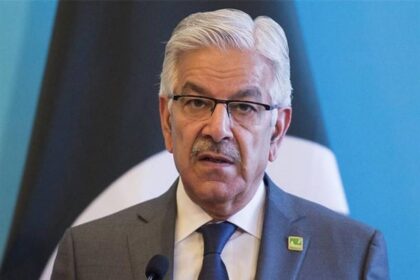RASC News Agency: A harrowing accident in Iran’s southeastern province of Sistan and Balochistan has once again highlighted the perilous conditions endured by Afghanistani migrants fleeing their homeland. According to the human rights organization Haalvash, on Saturday evening, September 13, a vehicle transporting at least 20 Afghanistani nationals overturned in the border district of Saravan while en route to a local checkpoint. Every passenger was injured, with several now in critical condition at Razi Hospital in Saravan.
Local residents and rights monitors have pointed to a combination of hazardous road infrastructure, overcrowded vehicles, and the reckless speeds drivers are forced into under pressure from Iranian security forces as the principal causes of such deadly incidents. Migrant transporters, often operating under the constant threat of arrest, resort to high-risk routes through deserts and mountains routes that have become synonymous with tragedy.
Haalvash described the crash as a stark illustration of the “deadly architecture” of migration confronting Afghanistani nationals. The group urged both Iranian authorities and international humanitarian organizations to adopt urgent measures ensuring safe passage for migrants who, lacking legal alternatives, are forced into life-threatening journeys.
This latest catastrophe is not an isolated incident. Just weeks ago, another migrant vehicle overturned in Saravan, killing one Afghanistani passenger and leaving 13 others injured. Over the past two years alone, dozens of Afghanistani migrants have lost their lives or simply vanished without a trace across these treacherous borderlands. Beyond road accidents, reports have consistently documented shootings by Iranian border forces, exhaustion and dehydration in desert crossings, and fatalities along mountainous terrain where smugglers frequently abandon groups to save themselves from capture.
Sistan and Balochistan’s geography remote, rugged, and adjacent to Afghanistan has made it a critical yet lethal corridor for irregular migration. For countless Afghanistani families, the choice is stark: remain under the suffocating rule of the Taliban, stripped of livelihoods, freedoms, and basic human dignity, or risk death on hostile migration routes. Under Taliban misrule, where economic collapse and systemic repression have left millions with no viable future, the only exit available is one that passes through lawless deserts, dangerous highways, and heavily militarized checkpoints.
Rights advocates emphasize that the international community bears responsibility for addressing this humanitarian catastrophe. “Afghanistani migrants are not choosing these deadly routes out of recklessness,” one activist noted. “They are being driven into them by the Taliban’s suffocating rule and by the absence of safe, legal alternatives.” Without immediate action to establish humanitarian corridors and pressure on the Taliban to end policies of systemic repression and forced displacement, they warn, the borderlands of Iran will continue to fill with stories of overturned buses, bodies lost in deserts, and families torn apart.






